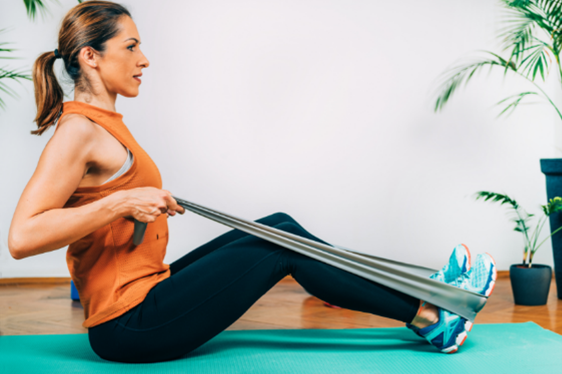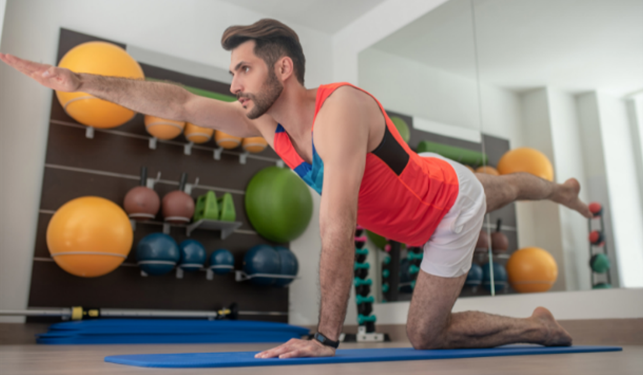Plight of the Desk Jockey


With the onset of the pandemic, many of us made the transition to working from home. This commonly coincided with subpar ergonomics, more uninterrupted time in the seated position, and a general decrease in overall physical output. The cumulative amount of time spent moving around, walking to and from work, even from the parking lot to the office is not insignificant.
The human body is not meant to be still, even less so seated, and still. This lack of movement in addition to poor postural positioning has resulted in an epidemic; a devolution of the human physical condition, the plight of the desk jockey.
What happens when we sit?
Upper Cross Syndrome
- Forward head posture, cervical nerve route compression, t-spine kyphosis/poor extension/rotation mobility, shoulder protraction, postural muscle length, inhibition, chronic tension, excessive compression on low back
Lower Cross Syndrome
- Chronically shortened hip flexors, inhibited glutes, and lower abdominals, overactive lumbar erectors/increased low back compression
* Did you know?
The average adult human head weighs 12-14lbs at a 0-degree neck angle (in good posture). Every degree your head extends forward from 0 translates to an increase of force on your neck and a resultant increase in stress on the muscles responsible for holding your head up. At a neck angle of 45 degrees, there is an approximate equivalent of 49lbs of force pulling down on your neck! With that workload, it’s no wonder your muscles get sore and tense.
Reduced overall activity (steps/day, caloric output, more time spent in one static position.)

P.S. Work isn’t the only problem. Consider the time you spend outside of work on your phone, social media, watching tv, and driving. It all counts!
Things you can do:
1) Change positions as often as possible
- Set a notification on your phone every 15 minutes to remind you to move
- Keep a resistance band at your workstation to perform intermittent exercises with
- Do some periodic mobility work at your workstation if you can’t get up and move around
2) Dedicate some time outside of work for exercise
- Go for a walk before work, at lunch, or after work to break up the static sitting
- Join a live or virtual exercise class
- Find an exercise professional to train with
- Get an exercise program prescribed for you that can be performed either at home or the gym

4) Optimize your workstation
- Outfit your workstation with a sit-stand desk
- Set your monitor to the proper height to avoid looking downward and allowing you head to translate forward

3) Organize your exercise program to help counteract the effects of being seated
- Core & postural engagement
- External shoulder rotation strengthening
- Hip extension work
- T-spine (upper back) extension & rotation mobility

Let’s face it, seated desk and computer work isn’t going anywhere any time soon, and who knows how long people will be working from home. That being so, it is vital that you do what you can to prevent the negative long-term physical consequences. Awareness is the first step, now it’s up to you to apply some of these strategies and avoid the plight of the desk jockey.

